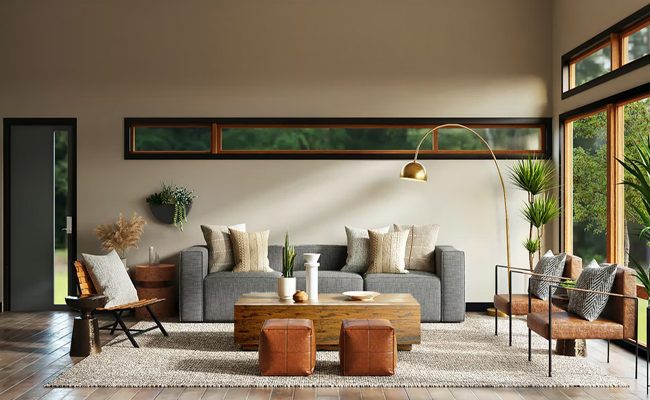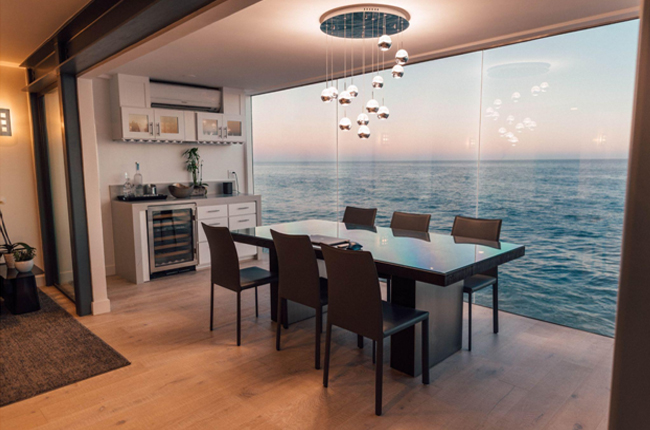
Designing a home is no small feat. Instead of diving into the process with just a cursory glance at the floor plans and blueprints, why not get help? An experienced professional can help you get the most out of your layout and design without adding any unwanted expenses. When beginning your interior design project, many decisions must be made – from choosing lighting or color schemes to designing floor plans that work within your budget. Here’s all you need to know before embarking on your interior design project.
Decide if You Want to Go DIY
Before you begin any project, deciding whether you want to go DIY or hire professionals for specific jobs is essential. DIY projects are usually cheaper than hiring professionals, but they have the potential to be more time-consuming and labor-intensive. That said, if you’re looking for a quick fix on a small scale (such as painting a room), DIY is probably the best option.
However, hiring professionals has its benefits. They save you time and make sure your project is done right. For example, if you’re looking to install a new heating system, you can visit CM heating. They can make suggestions that may be outside your scope of expertise. Don’t feel overwhelmed and feel like you have to do everything yourself. If it’s outside your comfort zone, there’s no shame in asking for help. In fact, it would be better to contact an expert, so you don’t mess anything up that might end up costing you more to fix.
Set the Tone for Your Design Early On
This is where the idea for the overall look of your project comes from. Not from a vague desire to create something that looks nice but from a clear vision of how you want it to feel and function. You might start by thinking about what elements of your home or space were most important to you when you first moved in or what elements of your old space were most challenging to live with. Once you’ve come up with some ideas, write them down and hang them somewhere visible where they can serve as a reminder throughout the process.
Do Your Research and Establish a Timeline
Before you start an interior design project, make sure you do your research. This will help you determine the timeline for the project. You can also use a timeline as a reference when doing your research. You can use this timeline to see how long each phase of the project will take, and you can plan how long it’ll take for each phase if you’re working with a team.
Set a Realistic Budget and Stick to It
When starting an interior design project, setting a realistic budget is essential. This will help you stay on track and avoid overspending. A good rule of thumb is to start by looking at what other people in your area are doing with their interiors and then figure out how much you can afford. If you have a lot of money saved up, go ahead and use that, but don’t allow yourself to go broke!
Once you’ve figured out what budget works for you, stick with it! Don’t go overboard on one thing just because it looks nice. Also, please don’t skip any important details like ventilation or lighting.

Conclusion
Remember, interior design is subjective. The best advice is to remain flexible and not to get too attached to a “vision” you may have at the beginning of your project. The objective of your project is to create something that reflects you, and proper planning will help you do just that.
Leave a Reply